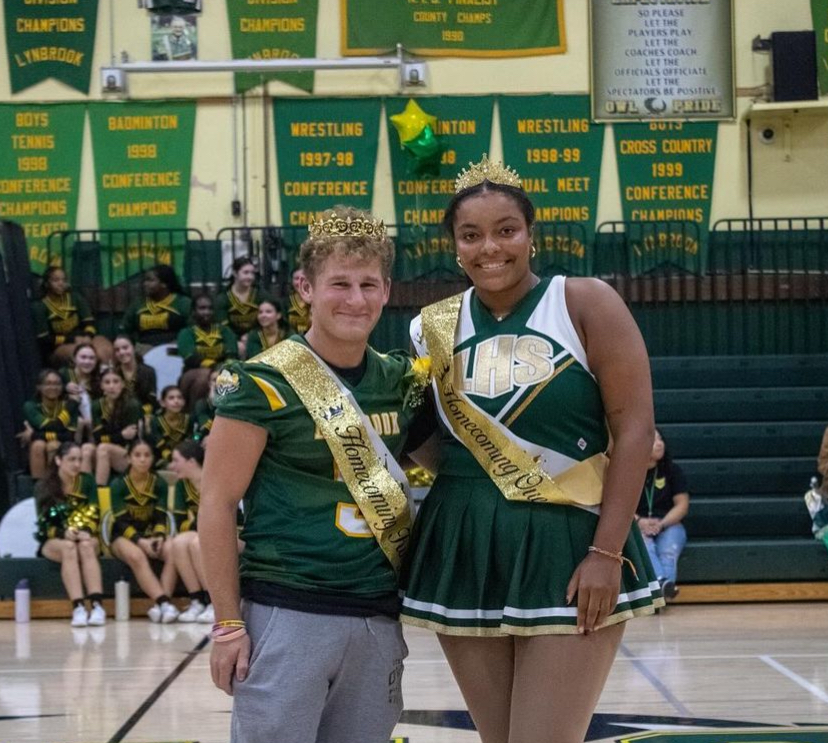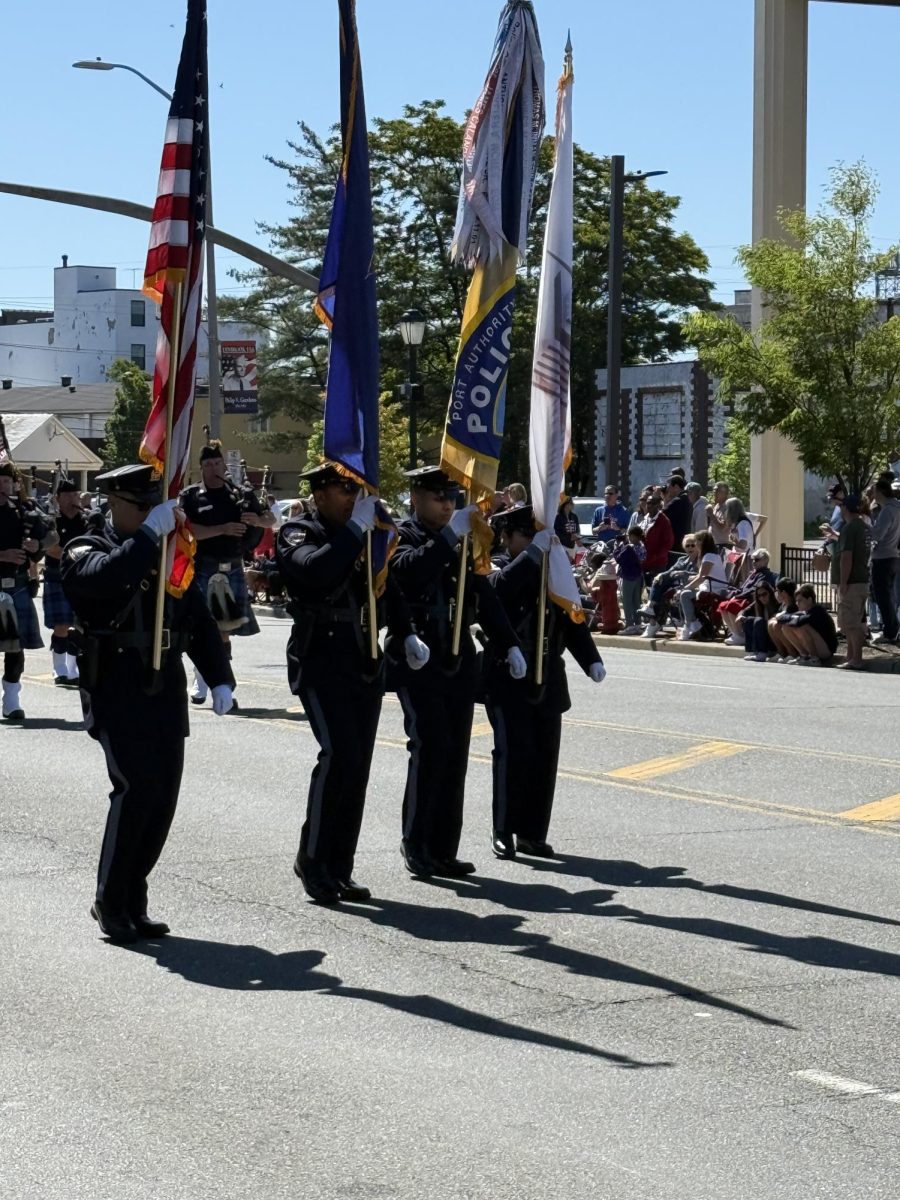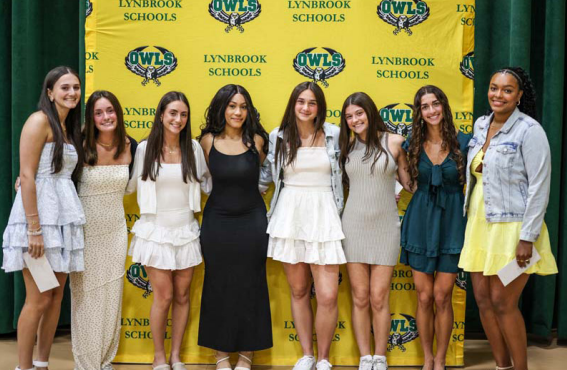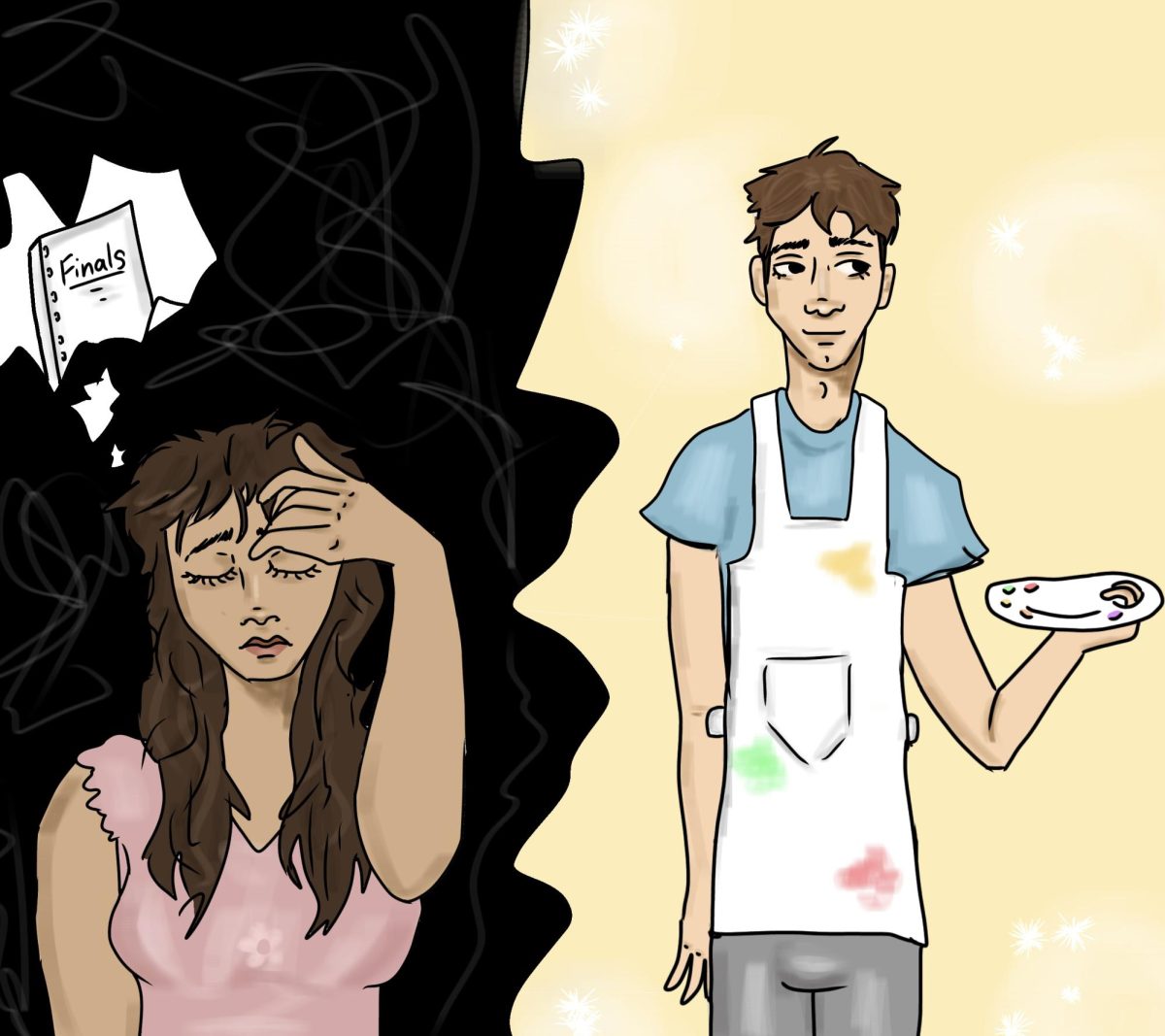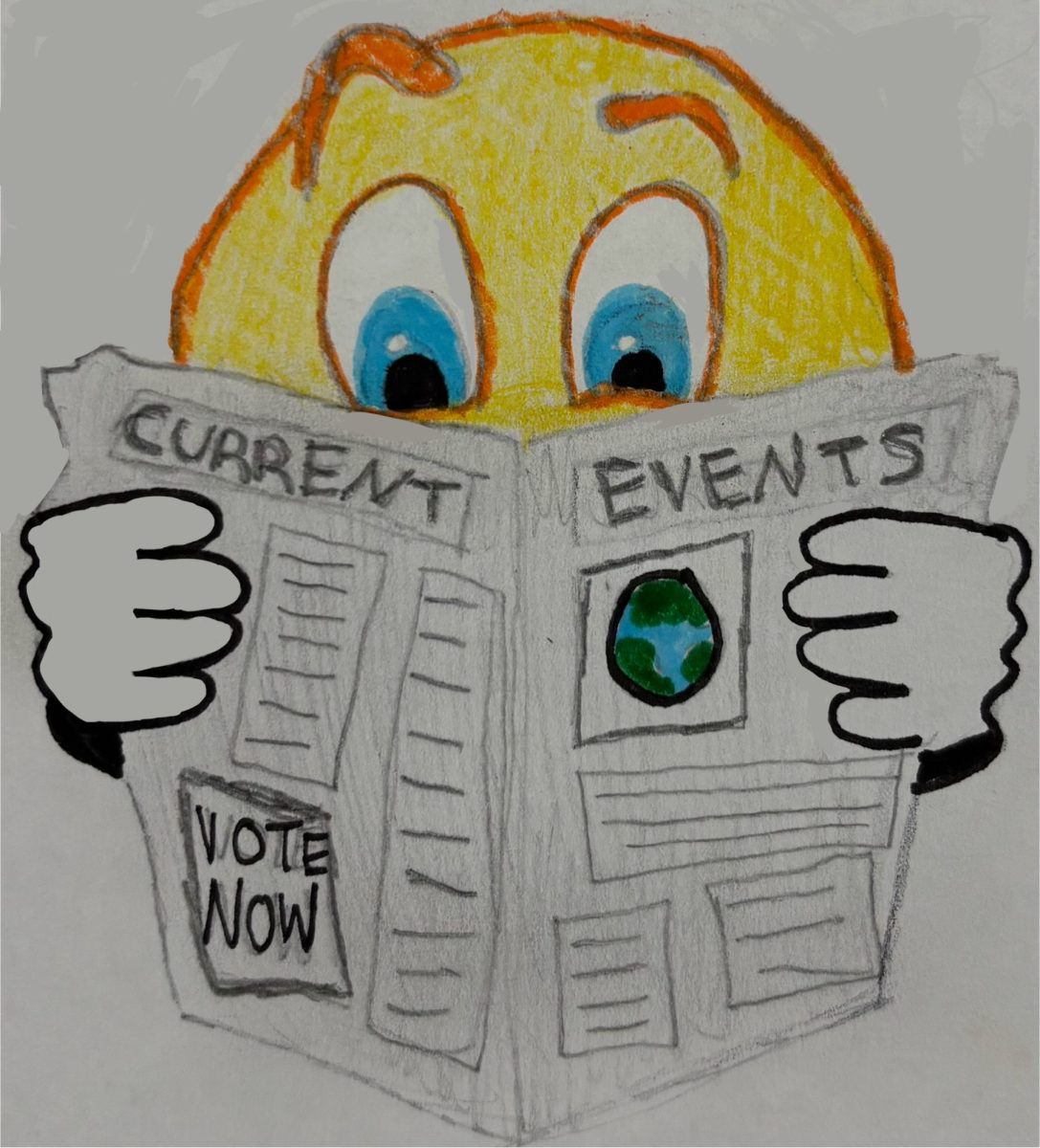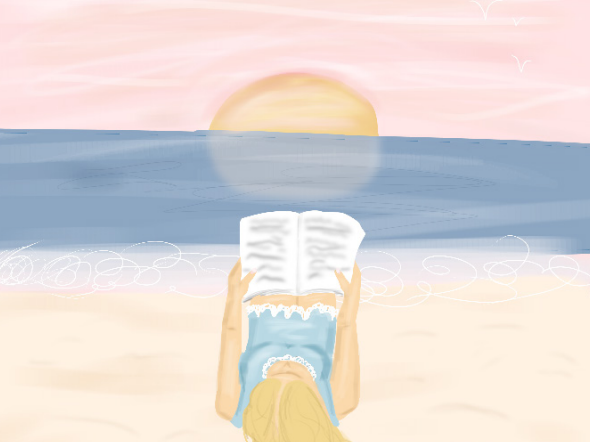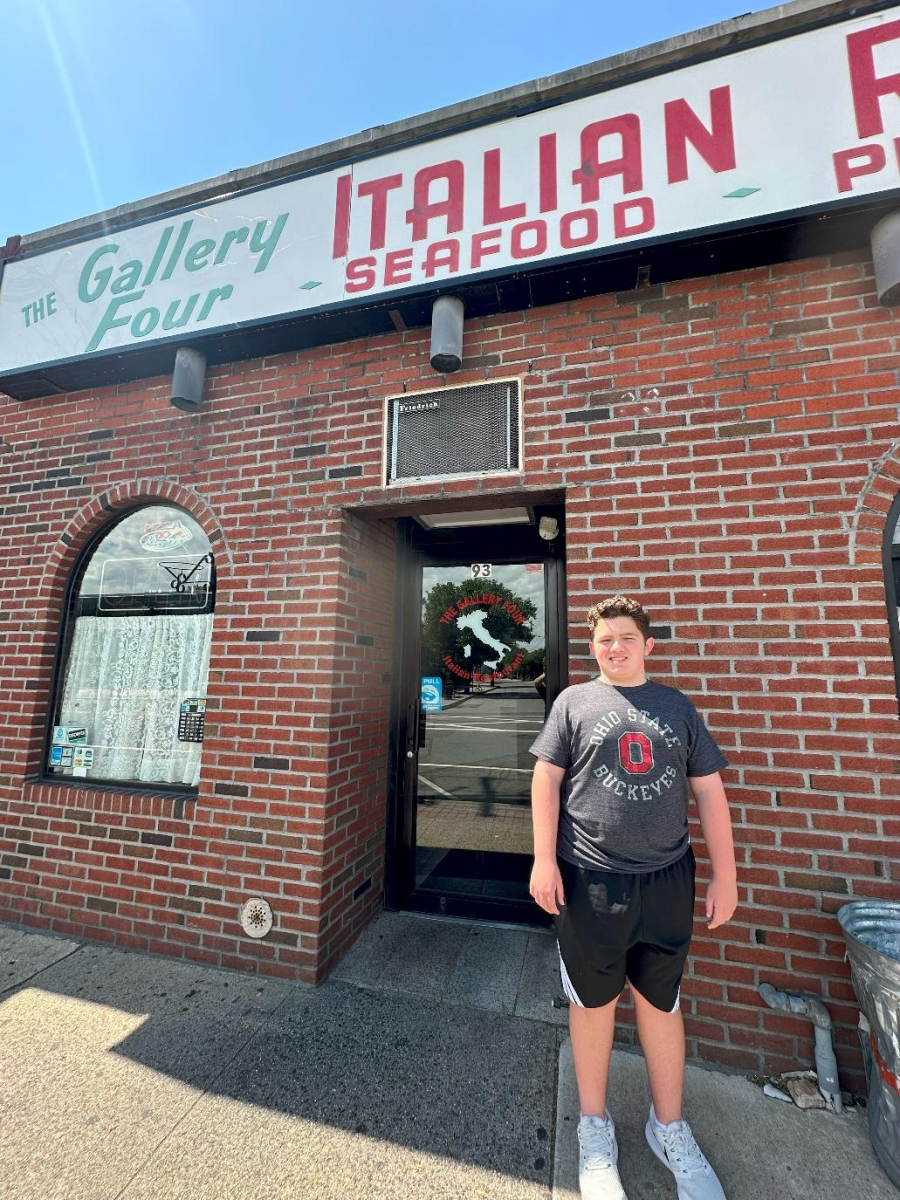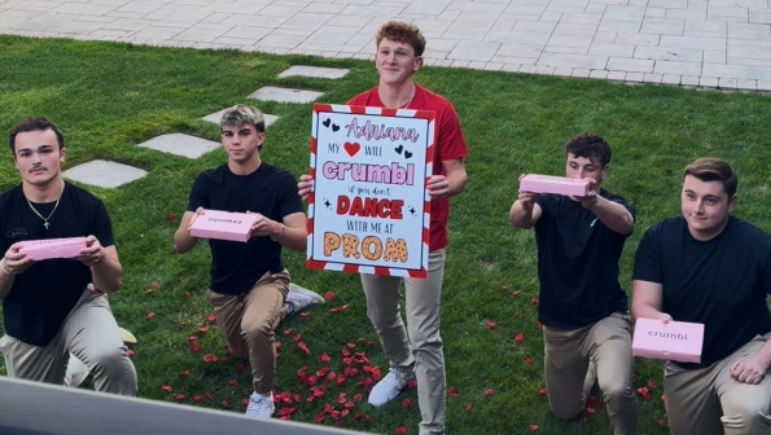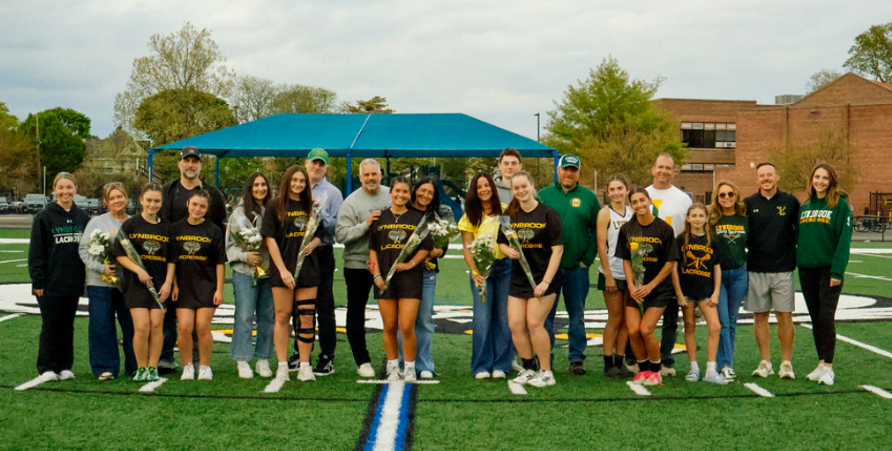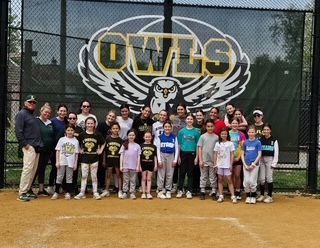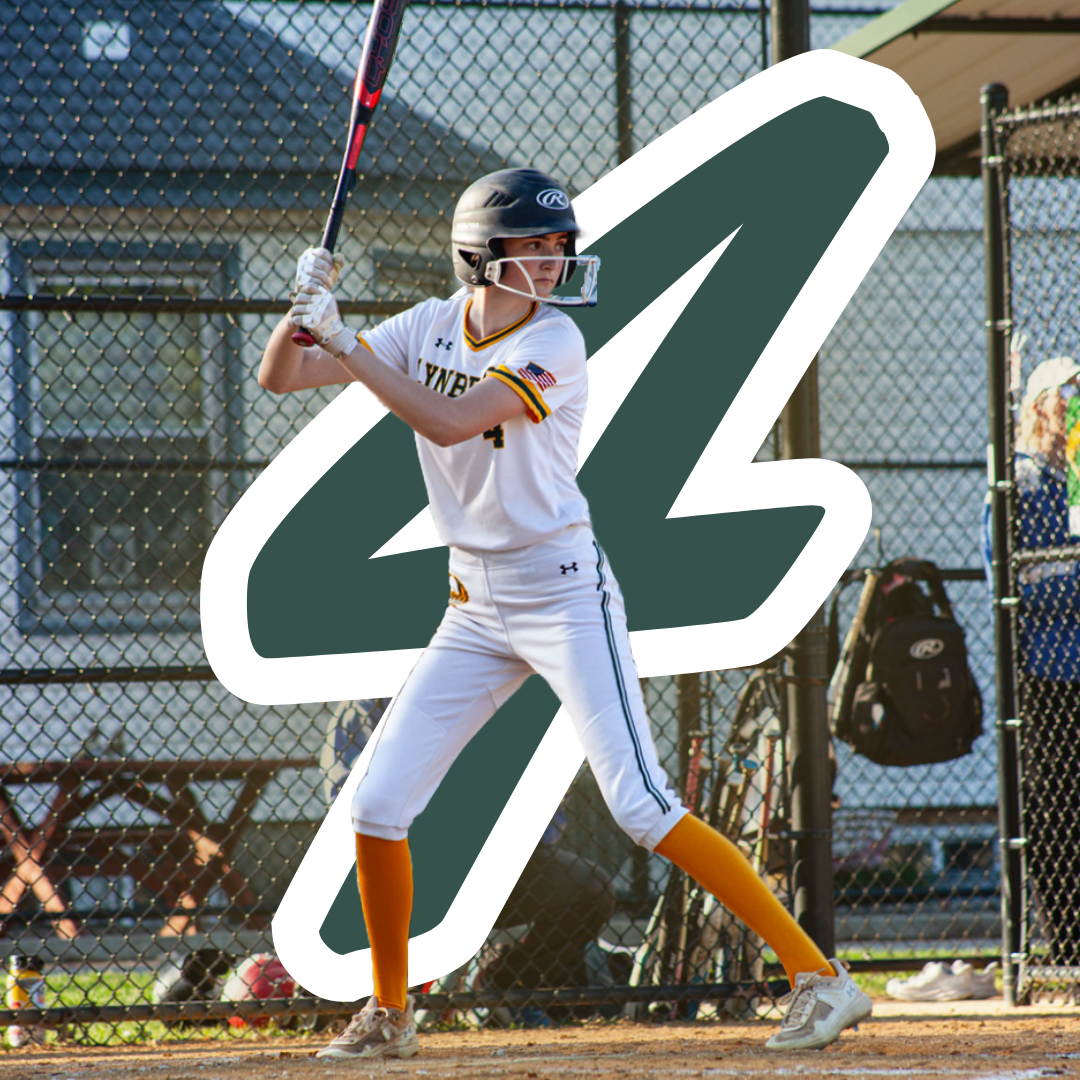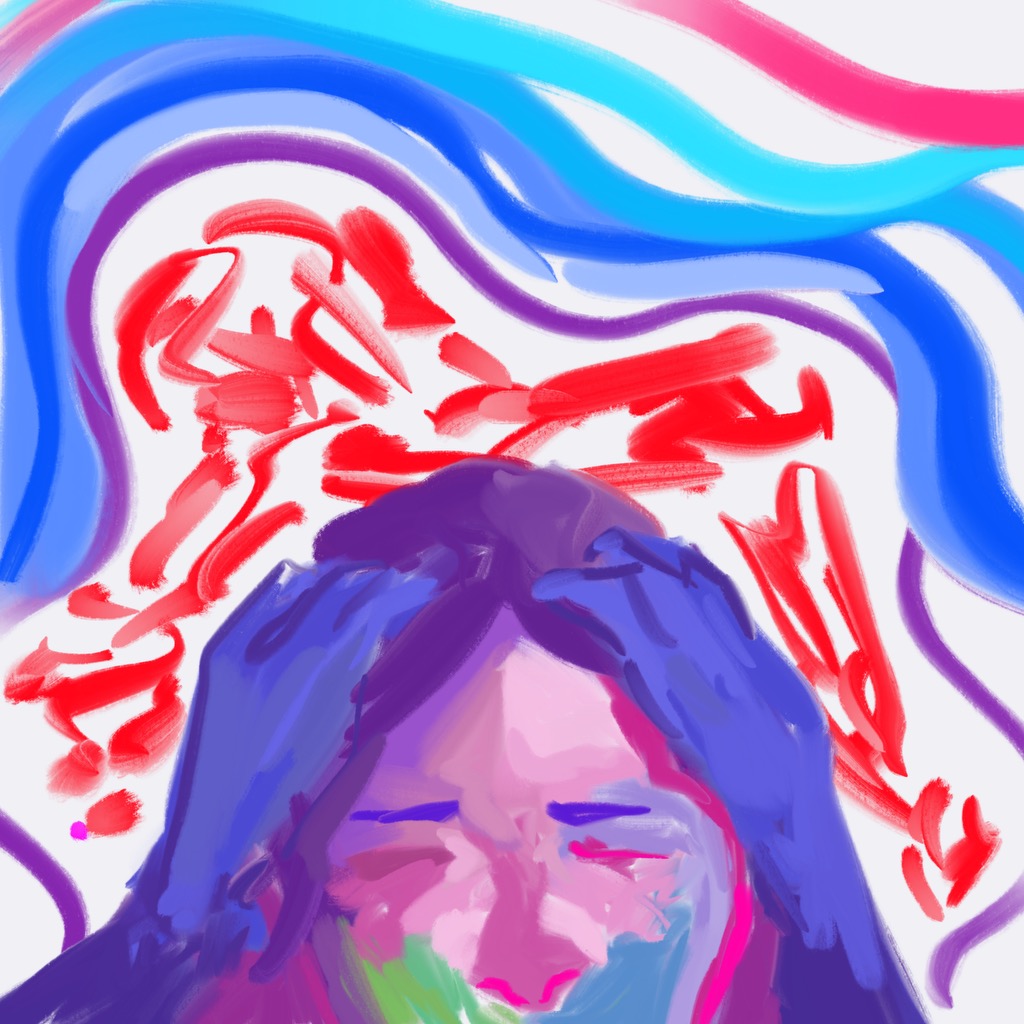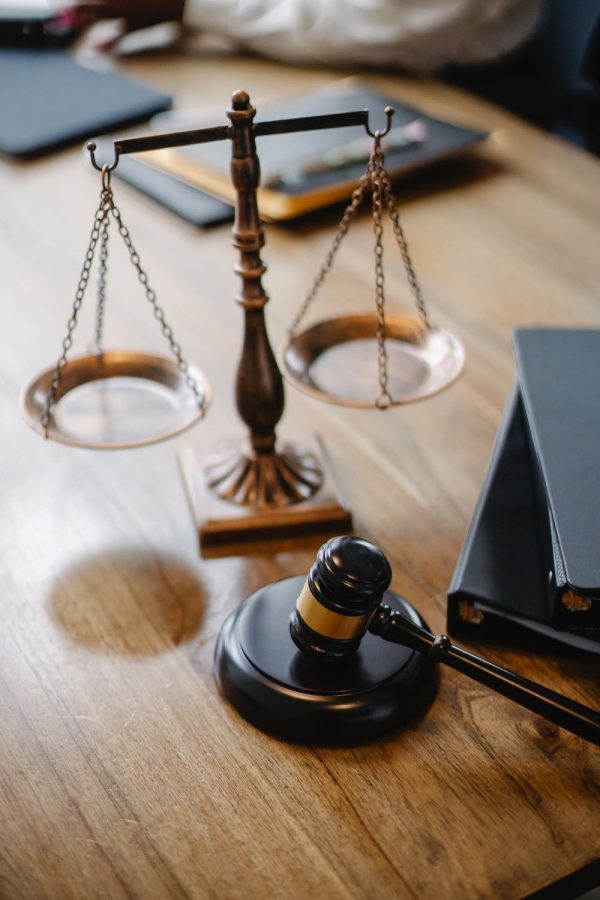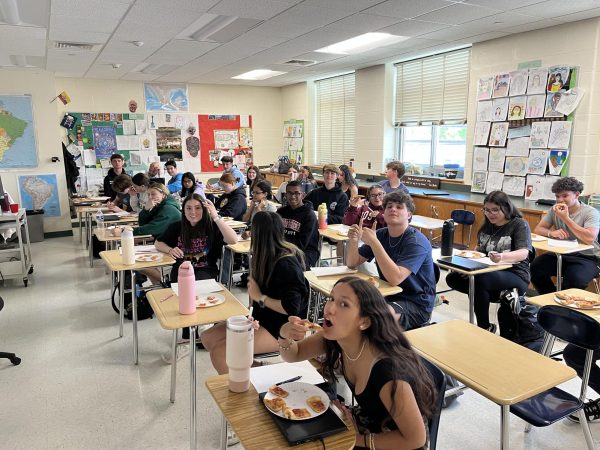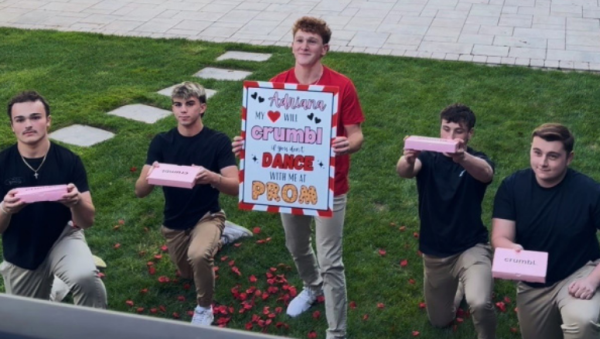Justice Amy Coney Barrett’s First Cases
Amy Coney Barrett was confirmed to the Supreme Court on October 26, replacing Justice Ruth Bader Ginsburg after her passing. Barrett’s confirmation has caused arguments between Republicans and Democrats.
Some argue that Justice Barrett was nominated too quickly before the election. Former President Barack Obama nominated Merrick Garland to the court over eight months before the election, and the Senate blocked him from being confirmed, according to the USA Today article titled, “Fact check: Senate Republicans Moving to Confirm Trump’s Supreme Court Nominee but Blocked Obama’s” (usatoday.com) Barrett, however, was nominated and confirmed within 50 days of the election.
The Supreme Court is now made up of six Republican and three Democrat justices. With Joe Biden, a Democrat and now the president-elect, it is unknown how these two parties will work together through these next four years. When asked if Justice Amy Barrett’s confirmation will cause many national changes, freshman Stephanie Neri replied, “Yes. The youth of this country are going to be upset about this because the majority of the generation are more left-leaning.” Social Studies Teacher John Cornicello said, “I believe that there will be a lot of changes coming through the Supreme Court in the next few years; seeing that there is a 6-3 conservative majority, it is quite a difference from where we have been in the past.”
The most prominent of Justice Barrett’s first cases is that the Supreme Court ruled that New York Governor Andrew Cuomo is no longer allowed to place restrictions on the number of people to attend religious services. The ruling was 5:4, with Justice Barrett in the majority. The majority decided that the restrictions violated the First Amendment, which allows free practice of religion. According to “Splitting 5 to 4, Supreme Court Backs Religious Challenge to Cuomo’s Virus Shutdown Order” from The New York Times, “In shifting ‘red zones,’ where the coronavirus risk is highest, no more than 10 people may attend religious services. In slightly less dangerous ‘orange zones,’ which are also fluid, attendance is capped at 25 (nytimes.com),
In May and July, the court also ruled on religious service gatherings in California and Nevada. In these cases, it was decided that governors could put restrictions on attendance at these services. Justice Ruth Bader Ginsburg had been part of the majority who were in favor of allowing these restrictions.
With the new ruling, any number of people can attend religious services regardless of if they are in a “red/orange zone.” When asked how she felt about this, freshman Ryan O’Connor said, “I think that’s very irresponsible because that can cause a rise in Covid-19 cases. This is because there will be a lot of people in one room without a lot of ventilation.”
Covid-19 is in its second wave in America, with cases rising each day. According to The New York Times “New York Coronavirus Map and Case Count”, almost 11,000 new cases were reported in New York on December 5 (nytimes.com). The new vaccines are being administered now, but it will take months for everybody can receive it. It is possible that without a restriction on the number of people allowed to attend religious services, Covid-19 cases will rise even more.
Justice Barrett played a large role in this case. Her decision to ban restrictions caused the Court’s decision as a whole to be reversed from the previously mentioned May and July cases, which allowed restrictions on religious services attendees.
It is clear that Justice Amy Coney Barrett has already caused change within the first couple of months on the bench. As more cases come to the Supreme Court, her decisions could cause even more.

